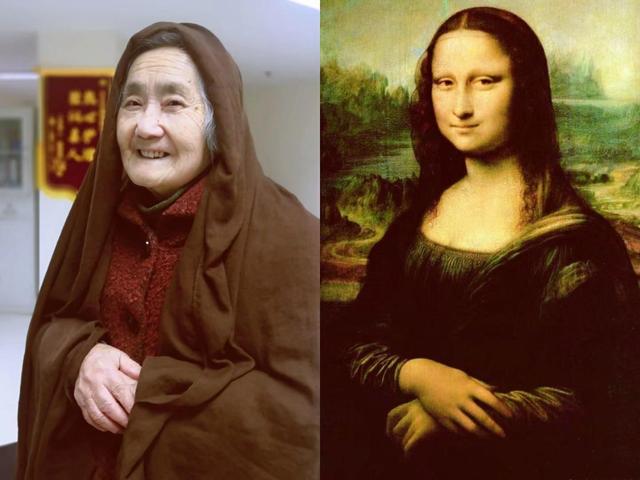
The stone relief art of the Han dynasty (206BCE-220CE) is a direct art of pictures and first-hand references for the study of Han culture. They are indispensable materials for studying the Chinese culture.

The Xuzhou Han Stone Relief Museum is the most famous museum specialized in stone relief of the Han dynasty in the country and is very influential in the world too.

As the hometown of Liu Bang, the founder of the Han Dynasty, and the cradle of the Han culture, Xuzhou attaches great importance to the protection of Chinese cultural heritages.

The museum has collected more than 1,700 pieces of Han stone relief, and is an important base for understanding the Han culture and the Chinese civilization.

The Han stone relief in Xuzhou is of diverse forms, ranging from ancient myths and legends to everyday objects and activities such as pavilions and buildings, entertaining performances, banquets, outings, and farming.

The Han stone relief is an art of pictures that was created according to the cultural belief of the Han people. At that time, stone relief was mainly used for three purposes: stone coffin, tomb construction and ancestral temple.






